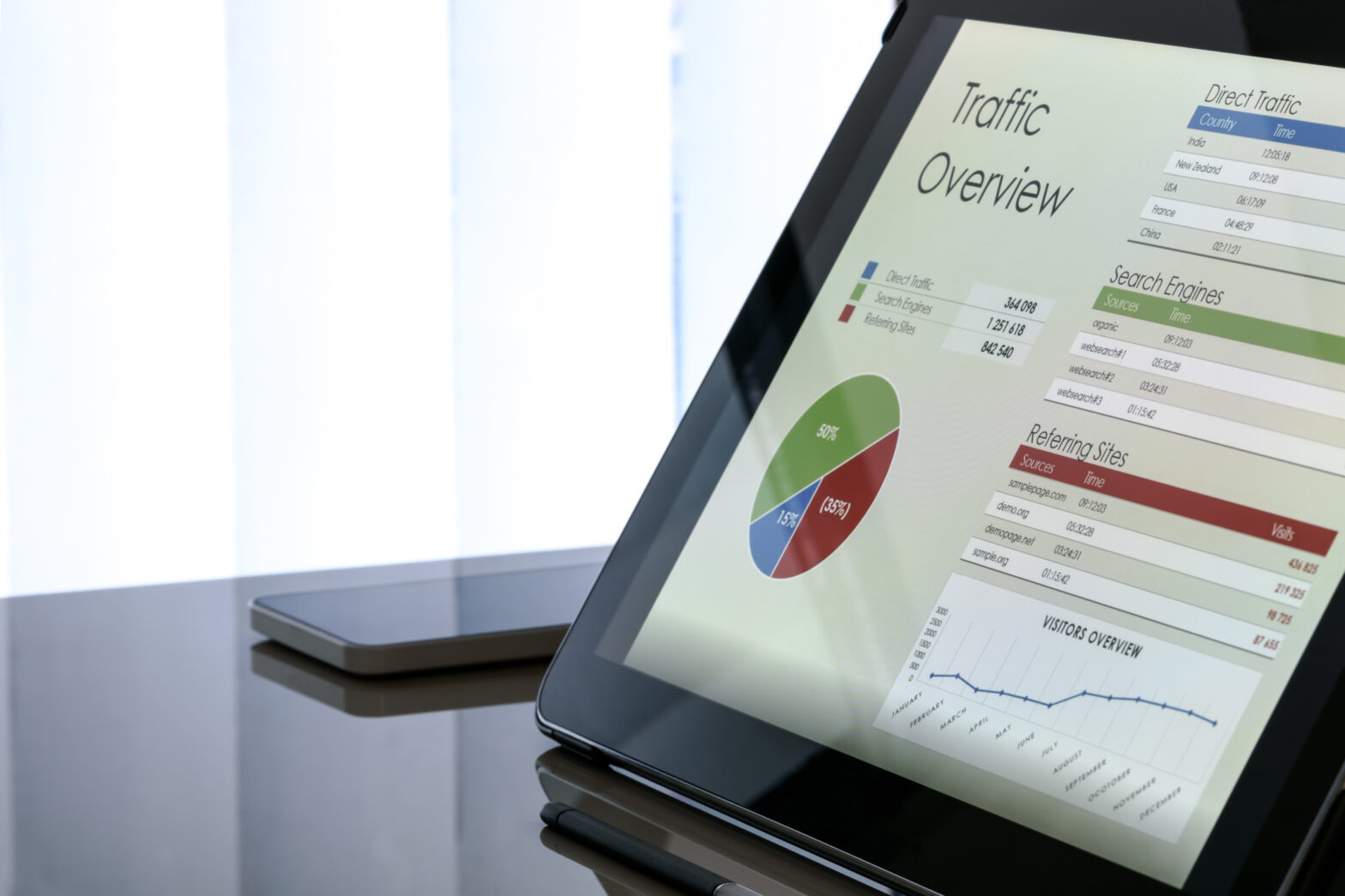How is Google Analytics an essential tool for measuring brand awareness and online conversions? Chris Norton finds out.
A changing selling space
The world of online business has increased tenfold over recent years, resulting in a greater focus on digital business development for companies of all shapes and sizes. But, as a small business owner, understanding your online worth, performance and general ranking can be a tricky task – not least when time is money, and you have a small team that’s already stretched.
Unlike bigger businesses, small business owners don’t have the luxury of big marketing teams to support them in refining their digital activity and really digesting what does, and what doesn’t work. It’s a difficult juxtaposition to juggle – do you invest time in analysing digital performance to help create a more strategic online business plan, or do you keep putting it off as sales figures are doing well anyway?
Why you need to analyse web traffic?
The answer to the above question is to analyse. Whilst it may not seem like a priority to really analyse and digest where online leads are coming from and their conversion rates, it is an essential element to really getting a grasp of your business performance. To understand where you need to invest as your business grows and expands, you need a fundamental understanding of how customers are accessing your current offering on a digital level.
So, what’s the answer? How can businesses gauge an understanding of what their digital performance looks like without investing huge amounts of time trawling over far too much data? Simply put – let Google Analytics do the hard work for you. Google Analytics can be used in numerous different ways to dissect engagement with your website or blog – from revealing the best performing traffic sources to tracking direct conversions for a business that retails online.
Goal setting
One of the tools we tend to take advantage of when measuring via Google Analytics is Goal Setting. This essentially allows us to assess how many individuals are undertaking a certain activity on the website, and how in turn this can convert to sales. So, it may be that you set up a Goal to track how many people submit a contact request, and cross check this with your successful digital sales leads, or it may be more straight forward i.e. how many people have clicked on a product and in turn purchased said product.
Regardless of whether your website is established as a sales platform or an awareness/info mechanism, you can track its return on investment by placing monetary value against key Goals across your website. It’s simple, effective and helps to reveal the true value of your site, and areas that require investment.
Trackable links
Whilst Goals can provide an insight into how businesses or individuals are completing actions on your website, it’s also really important to gain an understanding of how traffic is being driven to your site. This can be achieved in a number of ways; for example you can review traffic sources and referrals within Google Analytics as standard. If social media is proving to be a key traffic driver, then you know that this is a good investment of your or your team’s time etc.
But, the one thing referrals can’t provide you with is an accurate picture of what content from each platform is driving referrals or traffic. One way to overcome this is to establish trackable links. This, in a nutshell, allows you to assign specific links to be used for key activity – meaning you can see how many people have been driven from a platform, a certain Tweet or indeed a newsletter. These can be applied to any marketing mechanism, and so provide us with a clear picture as to which content and platform is effective, and what isn’t. In turn you’re able to decide what’s worth investing time and money into and what is worth shelving.
How it works in practice…
The above can sound complicated, but it’s not in practice. Take our client Jimmi Jamms for example. A small business, we rolled out a social media and influencer engagement programme for them last September to November. The objective of the campaign was to build positive sentiment online amongst key influencers. We reached out to 45 online influencers and achieved a reach of 5,081,154 from blog coverage and 128,988 via social media – impressive, right? Yes, it is, but what does it mean for the brand’s online presence, and how did we effectively track the impact of this activity?
Say hello to our Google Analytics approach. Via analytics, we were able to demonstrate the traffic drivers to Web, and their subsequent referrals. The analysis revealed that Facebook was the top referrer, with 94% of traffic coming from this source; subsequently we tracked 2,054 of the 8,816 web visits being referrals – generating 2% of this traffic as a direct result from blogger engagement.
This demonstrated that moving forward, for Jimmi Jamms, influencer engagement should always feature Facebook profiling, and that Facebook as a platform proves an effective source for driving sales focused referrals.
Effectively adapting analytics for your business
Adapting Google Analytics doesn’t need to be a headache. Do some research, familiarise yourself with the platform and get cracking. You’ll soon learn the intricacies behind your own website, the behaviour patterns of your audience, and the most cost effective and fruitful ways of reaching your desired customers in a more strategic way.
Chris Norton is managing director of Prohibition PR.





